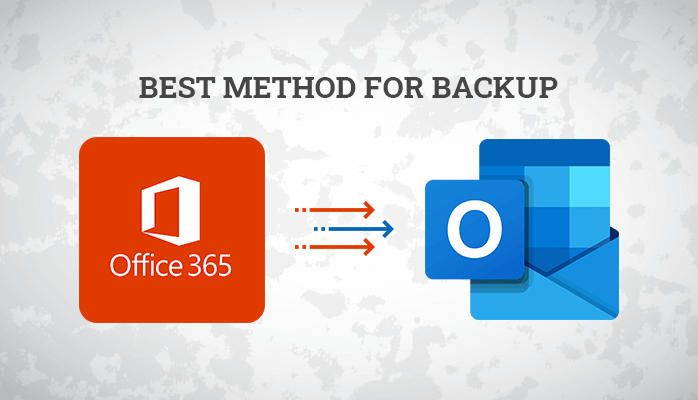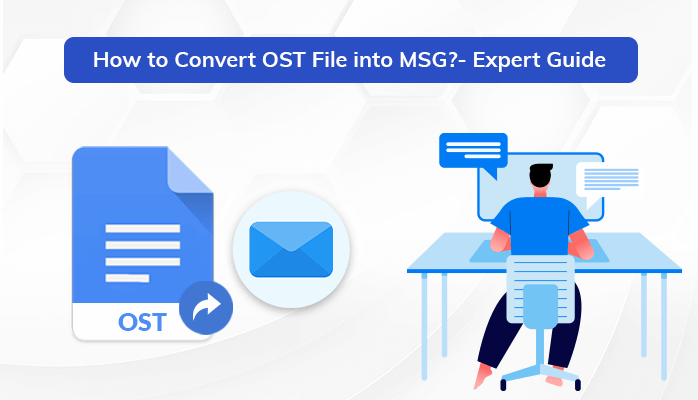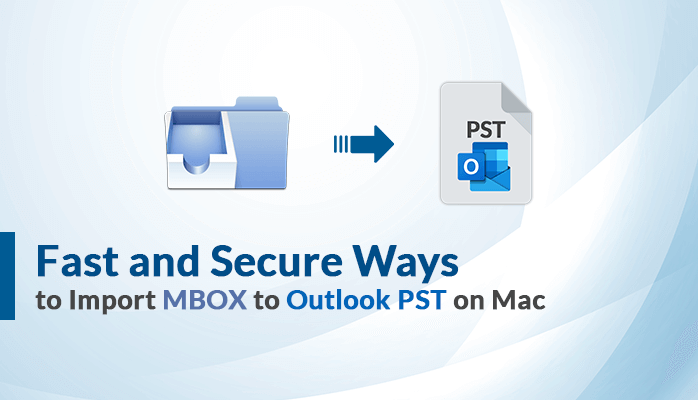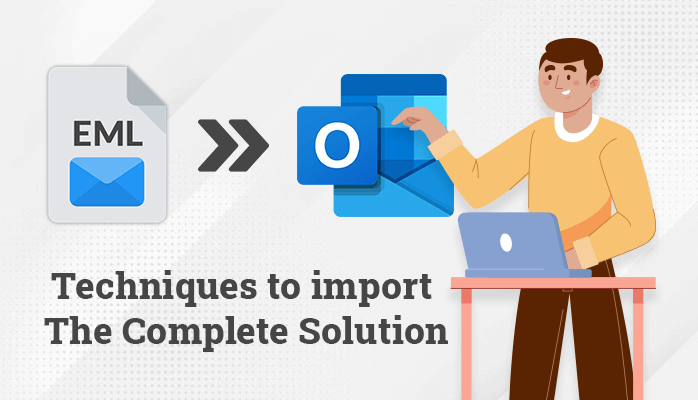Best Way To Backup Office 365 Data – Quick Guide

Microsoft’s data centre infrastructure powers Office 365, a stable cloud service. Data redundancy, cloud service availability, and business continuity are Microsoft’s top goals. However, Microsoft offers no service or method for back up Office 365 data, even if users choose the most expensive subscription packages. Ransomware attacks, human error, and other factors can all result in the loss of data in Office 365.
Regular backup your Office 365 data are advised by Microsoft. The native recovery features in Office 365 are not particularly powerful. You should therefore learn how to safeguard Office 365. to assist you in safeguarding your Office 365 information.
Why The User Need Office 365 Backup
You can work at any time and from any location with Microsoft Office. This does not imply that regular Office 365 data backups are necessary. Data might be at risk from a variety of risks. These are just a few of the reasons consumers ought to investigate backup options for their Office 365 mailbox.
1. Office365 data deletions that happen by accident spread over the network. To make sure your data is safe, you will require an Office 365 data backup.
2. Cloud storage is still vulnerable to cyberattacks. Office 365 files may be compromised by malware or ransomware. If users backup their Office 365 emails, they can recover encrypted files.
3. Retention Policies Keeping up with Microsoft’s retention regulations might be challenging. Additional functions for data preservation may be offered by third-party backup software.
4. Data access may be impacted by sporadic Office 365 disruptions. The duration of these disruptions can range from a few seconds to a minute. By adopting Office 365 cloud backup, you can prevent these breakdowns.
We have covered a number of reasons why the user requires Office 365 Backup. We’ll now examine how to manually backup Office 365 data.
Also Read: How to import PST to Office 365 with attachments
Manual Methods to Backup Office 365 Data
Following the explanation, we will talk about the manual Office 365 data backup techniques, which are as follows
1. Mailbox Items Exported in PST File Format
2. Outlook-Based Exchange Mailbox Export to PST
Method 1: Export Mailbox Items In PST File Format
1. First, click on the software’s icon to start it.
2. If you have not yet made a purchase, click the demo option.
3. You may now add an Office 365 mailbox from the ribbon bar by selecting the Add option.
4. After that, the Add source window will appear. Click the Office 365 mailboxes option, enter your Office 365 account and password, and click Next.
5. The Office 365 mailboxes index will then appear on a screen, as seen above.
6. Use checkboxes to add mailboxes as a source and choose the desired mailboxes from the index. Next, press the “Finish” button.
7. Once Office 365 mailboxes have been chosen, select Outlook PST to Office 365 mailbox to PST.
A pop-up window will then appear. Examine the mailboxes you wish to convert to PST files.
The custom mailbox dialogue will appear after choosing the Custom Folder name. Along with the above-mentioned choices to include and exclude mailbox folders, users can check Office 365 mailboxes of their choosing.
After choosing custom folders, click “OK.”
The user must then choose between exporting an existing PST file or exporting and creating new PST files on the target selection screen. Only when a single mailbox is being migrated will the export on the current PST tab be permitted. Click “next” now.
We previously spoke about how to export mailbox items as PST files. If this approach doesn’t work for some users, they should use another Outlook method to export their Exchange mailbox to PST.
Method 2: Export Exchange Mailbox to PST Using Outlook
On your Windows device, launch the Outlook program.
Click on Open and Export Wizard after selecting File.
Proceed to the Import & Export Wizard now.
1. Next, select the export to a file option from the other option.
2. When prompted to choose a file format, select the Outlook data file.
3. Choose the Office 365 mailboxes and public folder contents you wish to export.
4. Indicate where you would like the exported files to be saved.
5. The mailbox migration then began. The process will take some time to finish.
As mentioned above, there are ways to use Outlook to export exchange mailboxes to PST. We have a professional way to save Office 365 emails to PST using professional software if the user finds the manual approaches problematic.
Also Read: Fast and Secure Ways to Import MBOX to Outlook PST on Mac
Limitations of Manual Techniques to Migrate o365 Mailbox to Another User
The following restrictions apply when moving an O365 mailbox to a different user:
1. It has limited jurisdiction and access to your personal information.
2. Gaps in retention policies and data loss are problematic and dangerous.
regulatory vulnerability and safety risks.
3. Downtime may result from disruptions and outages of Microsoft services.
4. We recently talked about the restrictions on transferring 365 mailboxes to a different user using straightforward manual procedures. Here’s how to use third-party software to save Office 365 emails to PST.
Method 3: How To Save Office 365 Emails to PST Using Professional Software
For large businesses, professional software backup is probably the best choice. In contrast to Office 365, automatic software provides a complete backup to guarantee the security of your data. Contacts and calendars in Outlook and Onedrive can be backed up by users. You can choose which version of point-in-time data to recover. With an intuitive UI, you can save time and effort. One of the most lucrative ways to use Office 365 email backup software is to use a third-party tool.
Conclusion:
Ultimately, there are several ways to export Exchange mailbox to PST, as we have explained. We have introduced both professional and manual solutions to make the problem easier. And We talked about the limits of the initial manual approaches. We then implemented an automated method that was suggested by IT experts. I hope this post answered all of your questions about the most effective method for backup Office 365 data.






